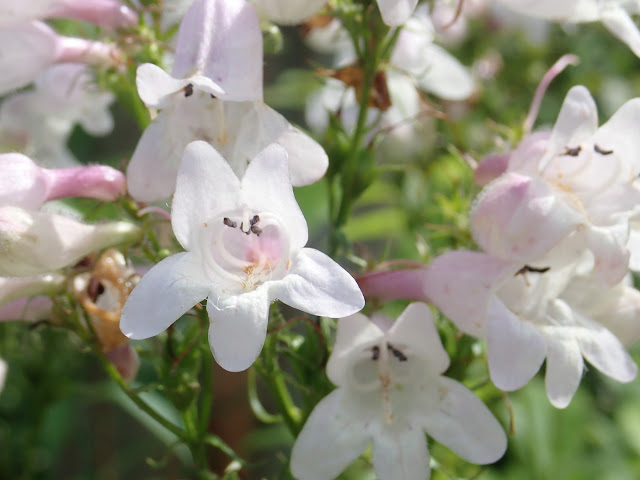 |
| That's not a hedgehog in my palm -- it's a burr gherkin! |
It looks like a little spiky cucumber.
(And to be honest, it kind of tastes like a little spiky cucumber.)
But it's not really a cucumber (same genus, different species).
It's my first year growing burr gherkins after I was gifted some seeds by a kind farmer friend (Thanks, Brittney!).
They have not been all that productive yet (I've only just harvested my second one) and the fruits are small, but I have been very impressed with their toughness and ability to tolerate heat, humidity, awful clay soil, and reflected heat from a brick wall. So far, the vines also seem to be ignored by herbivores, both insects and the rabbits that have ravaged other plants in my vegetable garden this year (e.g., Armenian cucumber and molokhia).
 |
| Burr gherkin cut with cherry tomatoes for scale. The purple veggie sliced into this salad are actually rat tail radish seedpods! |
I like burr gherkins, but the spines are definitely more intimidating than a typical cucumber's prickles. So far, I have tried rubbing off the burr gherkin's spines under running water using both a thumbnail and the side of a spoon. Both methods seem to work just fine and allowed me to eat the small fruit without attempting to peel it. I haven't tried eating it without removing the spines first. I think it would be painful.

























